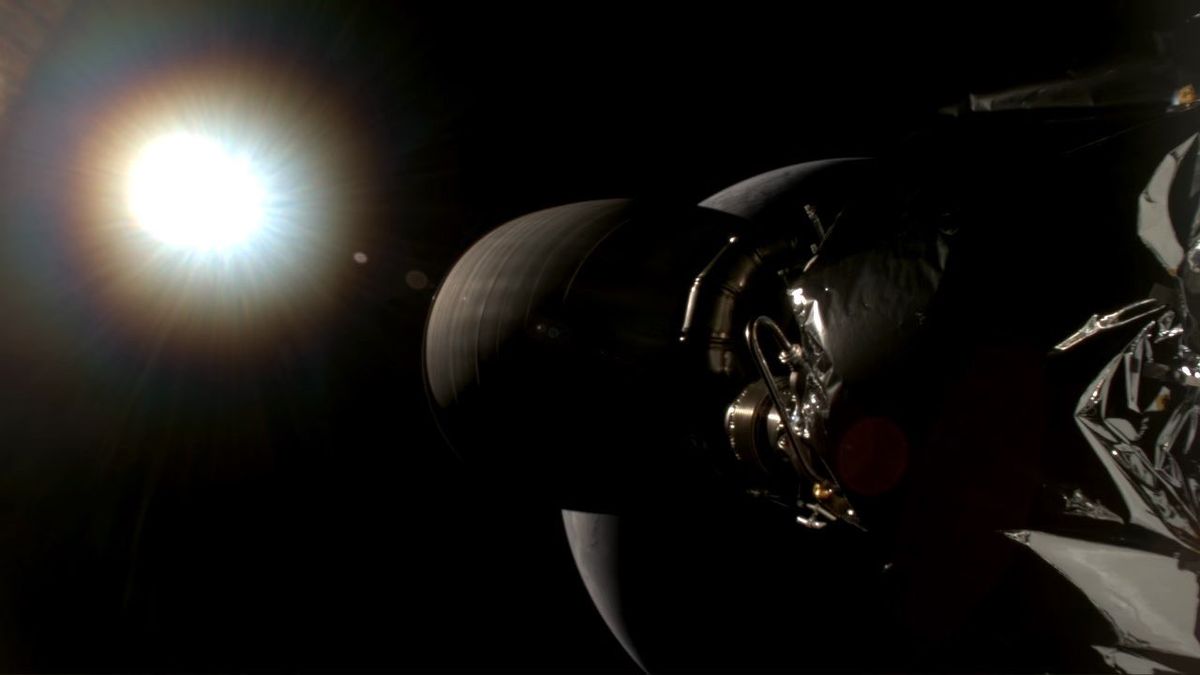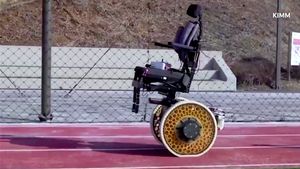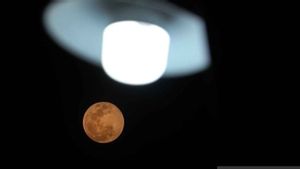JAKARTA - A new study warns that more than half of Elon Musk's Starlink internet satellite has radiation leaks in orbit, which could impair astronomers' ability to find habitable planets.
Researchers from the Max Planck Institute used telescopes in the Netherlands to observe 68 devices made by Starlink, and found that 47 of them emitted "accidental electromagnetic radiation" originating from the electronics inside.
Although the amount of radiation is minuscule, about a million times weaker than smartphone radiation, the research team is concerned that it is enough radiation to be mistaken for radio waves from a distant sky object.
However, the institute has only looked at satellites owned by SpaceX and believes a similar situation can be found among other low-Earth orbit satellites.
The observations were made using the Low Frequency Array (LOFAR) telescope, primarily in the Netherlands but also in seven other European countries.
Co-author Cees Bassa of ASTRON, the Netherlands Institute of Radio Astronomy, said in a statement: "With LOFAR, we detected radiation between 110 to 188 MHz from 47 of the 68 observed satellites.
"This frequency range includes the protected band between 150.05 and 153 MHz specifically allocated for radio astronomy by the International Telecommunications Union (ITU)," said Bassa.
At the time the team made their discovery, there were about 2,100 satellites in orbit, but that number had increased dramatically to more than 4,000.
The leaked radiation falls under the 10.7 to 12.7 GHz radio frequency used for downlink communication signals.
"Every electrical device generates leak radiation. There's nothing you can do to prevent this, except to affect the strength of the signals," says Gyula Józsa of Max Planck.
The research team is particularly concerned about the impact this radiation will have on future telescopes, such as the Square Kilometer Array Observatory (SKAO) that is to be built in Australia and South Africa.
While the "quiet zone" surrounds the telescope, Starlink satellites move through the sky and will eventually hover over the sites.
"Usually, we just remove data contaminated by satellites from further processing," said Józsa, quoted by MailOnline. "The more often this happens, the more observation time is lost. In time-dependent observations this can mean missing important information.
"For example, astronomers can miss detection of mysterious fast radio bursts (FRBs) - very strong radio emissions that only last a few seconds," he added.
The research team added that neither SpaceX nor any other satellite operator is violating any laws, as devices in orbit are not subject to the same regulations as technologies on the ground.
"This study is the latest attempt to better understand the impact of satellite constellations on radio astronomy," said the study's lead author and SKAO spectrum manager, Federico Di Vruno.
SEE ALSO:
"Previous workshops on Dark and Quiet Skies have discussed this radiation, and our observations confirm that it is measurable," he said.
SpaceX is also working with astronomers to find a solution that will allow constellations of satellites and astronomy to coexist without negative impacts.
Musk's Starlink satellites have been a problem for astronomers since 2020 when they started filling the night sky with light pollution and hindering observations.
Piero Benvenuti, Secretary General of the IAU and director of the new center, said this mega-constellation posed the biggest threat to modern astronomy.
"In the past, the main source of distraction was light pollution due to city lighting, which is referred to as artificial light at night," Benvenuti said in a statement. "But recently, the impact of large constellations of communications satellites has become a more serious concern because of their widespread invasiveness."
As of May this year, Starlink has had more than 1.5 million subscribers.
The English, Chinese, Japanese, Arabic, and French versions are automatically generated by the AI. So there may still be inaccuracies in translating, please always see Indonesian as our main language. (system supported by DigitalSiber.id)


















